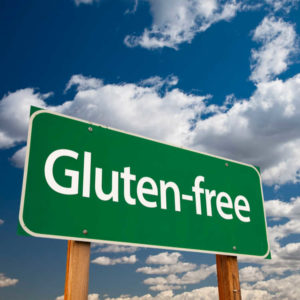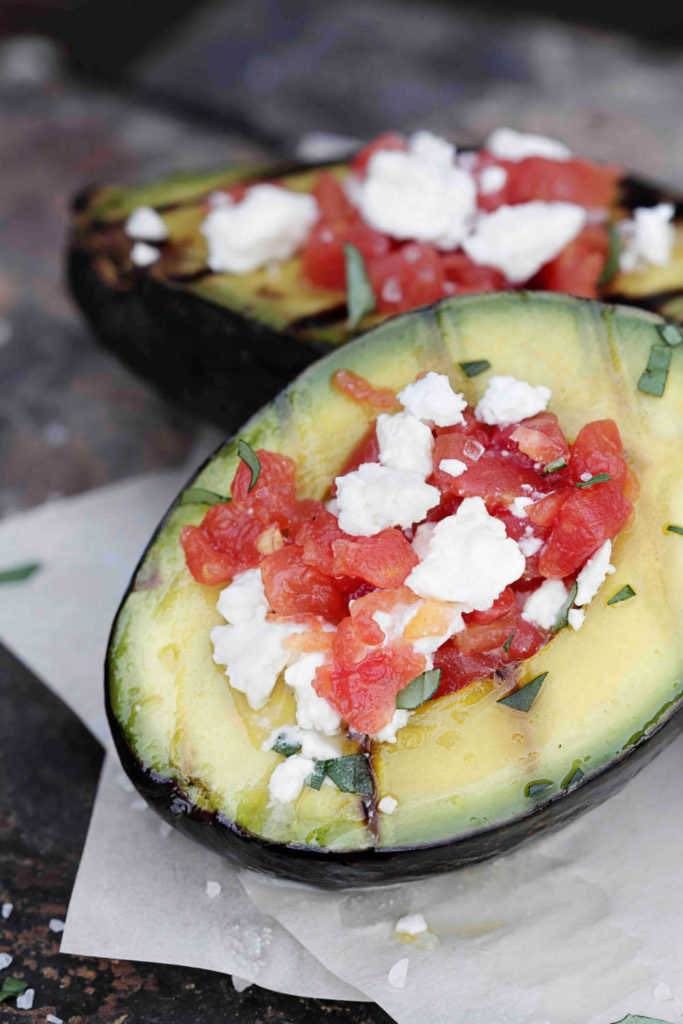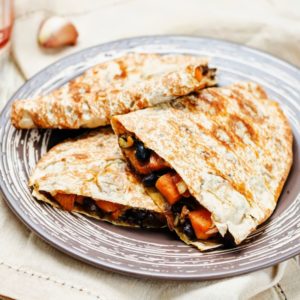
SuperKids Nutrition spoke with international celiac disease and gluten-free expert Shelley Case, RD, and author of the national best-seller Gluten Free: The Definitive Resource Guide. Read what she had to say!
Shelley has more than 30 years of experience as a dietitian, author, speaker, and consultant. We asked Shelley a few questions about celiac disease and the gluten-free diet.
This post contains an affiliate link. As an Amazon Associate, we earn from qualifying purchases. The link is noted with an asterisk (*) or Amazon image.
 Q: There are so many foods and ingredients that contain gluten and must be avoided. What can I eat on a gluten-free diet?
Q: There are so many foods and ingredients that contain gluten and must be avoided. What can I eat on a gluten-free diet?
A: There are many gluten-free foods that can be consumed such as:
- Fruits, vegetables, nuts, seeds, tofu, pulses (dried beans, peas, and lentils)
- Milk, yogurt, cheese, poultry meat, fish, seafood, and eggs
- Grains (e.g., amaranth, corn, millet, buckwheat, quinoa, rice, sorghum, and teff) that are free of contamination and labeled “gluten-free.”
- Gluten-free specialty products (e.g., cereals, pasta, bread, and other baked products)
Here are some questions you can ask when dining out as well.
Q: If someone has symptoms suggestive of celiac disease but has eliminated gluten from their diet how can they get tested?
A: Some of this information is excerpted from my book Gluten-Free: The Definitive Resource Guide. If someone has been off of gluten for a short time (less than a few weeks), it is possible that the celiac antibody blood and small intestinal biopsy tests would still be positive if they have celiac disease. However, for those who have eliminated gluten from their diet for a more extended period of time, it can be more difficult to get an accurate diagnosis. They would need to reintroduce gluten into their diet prior to testing. Unfortunately, there is no consensus as to the amount of gluten and length of time on a regular diet necessary for producing positive test results. Some experts recommend between 3-10 grams of gluten (about 2-5 slices of bread) for at least two to four weeks, although it may take significantly longer before the serology is positive and intestinal damage can be detected.
Not everyone can tolerate a gluten challenge because some individuals may develop severe symptoms with ingestion of even small amounts of gluten. In this scenario, genetic testing may be an option, as the individual does not have to be consuming gluten.
DNA testing from a blood sample or cheek swab can identify the specific genetic markers HLA DQ2 and DQ8 that are associated with celiac disease. This test does not confirm celiac disease; however, it is used to determine whether someone is at risk for the disease. If the genetic test is negative the likelihood of celiac disease is rare. It is possible that the symptoms may be due to non-celiac gluten sensitivity or some other condition. A positive test may indicate either the individual has celiac disease or could develop it in the future. Nevertheless, approximately 30-40% of the general population can have these genetic markers, yet only 1-3% of this group actually will develop celiac disease.
This is why it is so important for individuals who think they may have celiac disease to get the celiac antibody and small intestinal biopsy tests done BEFORE they start a gluten-free diet.

 Q: What are the best food resources for someone newly diagnosed?
Q: What are the best food resources for someone newly diagnosed?
A: I am biased for this answer! My book GLUTEN FREE: THE DEFINITIVE RESOURCE GUIDE* is a 368-page book jam-packed with detailed and practical information about the gluten-free diet. Whether you are a gluten-free consumer or family member of someone following a gluten-free diet, dietitian, chef, food manufacturer or anyone else who needs accurate information about this complex diet…this is the book for you! Highlights include:
- Celiac disease and non-celiac gluten sensitivity
- Safe foods & those to avoid
- Frequently questioned ingredients
- Alcoholic beverages
- Oats
- Gluten-free alternatives
- Meal plans
- Gluten-free cooking and baking
- Delicious recipes with nutrient analysis
- Gluten-free shopping guidelines and shopping list
- Preventing cross-contamination
- Eating out & traveling
- Nutrition & the GF diet
- Nutrient composition of GF grains, flours, starches, legumes, nuts, seeds & other foods
- Gluten & food allergen labeling in the U.S. & Canada
- Gluten threshold levels and gluten testing
- More than 3700 gluten-free products listed by company & product name
- Comprehensive directory of over 220 companies
- Gluten-free books, cookbook, magazines, GF foodservice training/accreditation programs, celiac organizations in the U.S., Canada and around the world
- Articles, website links, references and MORE!
The book is available from amazon.com, Indigo.ca, and shelleycase.com.
Treating celiac disease
The only way to treat CD is by adhering to a strict gluten-free diet (GFD) for life. It is important that foods consumed are free of gluten and gluten cross-contamination. Having foods labeled GF is important for individuals with CD, and foods should be properly labeled and prepared for safe consumption. Speak with a gastroenterologist (GI physician) and a Registered Dietitian who specializes in GI disorders to guide you and your family on the journey. Do not feel discouraged if things don’t come together quickly! It is a lot of information to take in, and you are not alone in the process. Just remember, the diagnosis will help prevent further damage to your GI tract and other diseases that can occur if left untreated.
Other recommended resources from SuperKids Nutrition
If you’re looking for other resources about living and eating gluten-free, here are a few reliable and helpful ones that we recommend!













